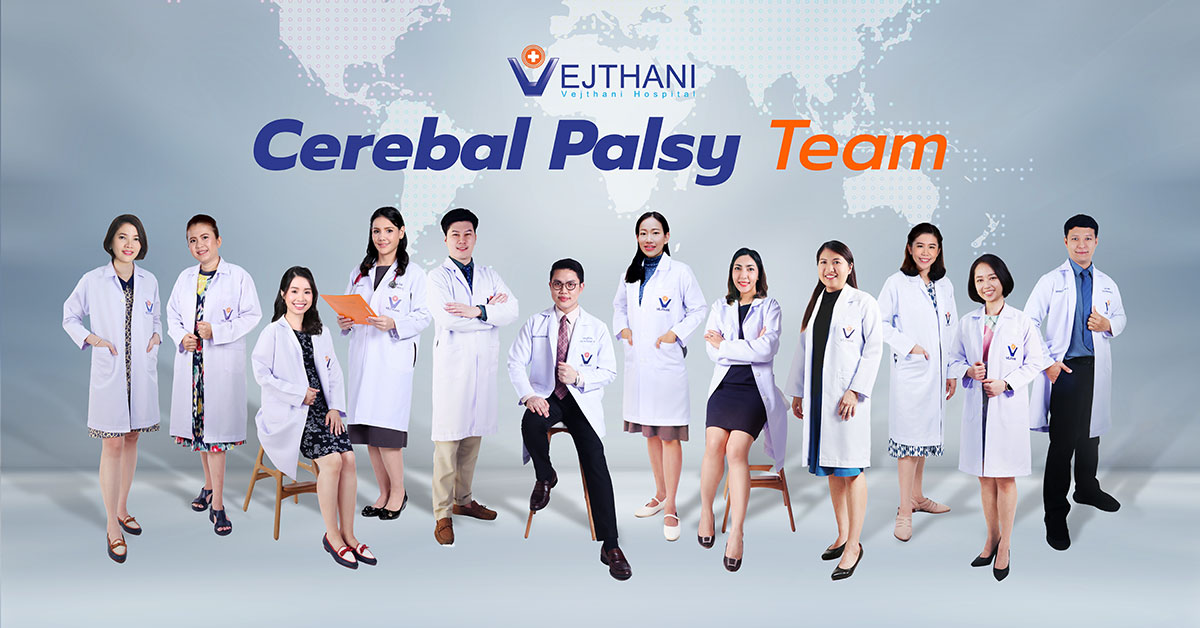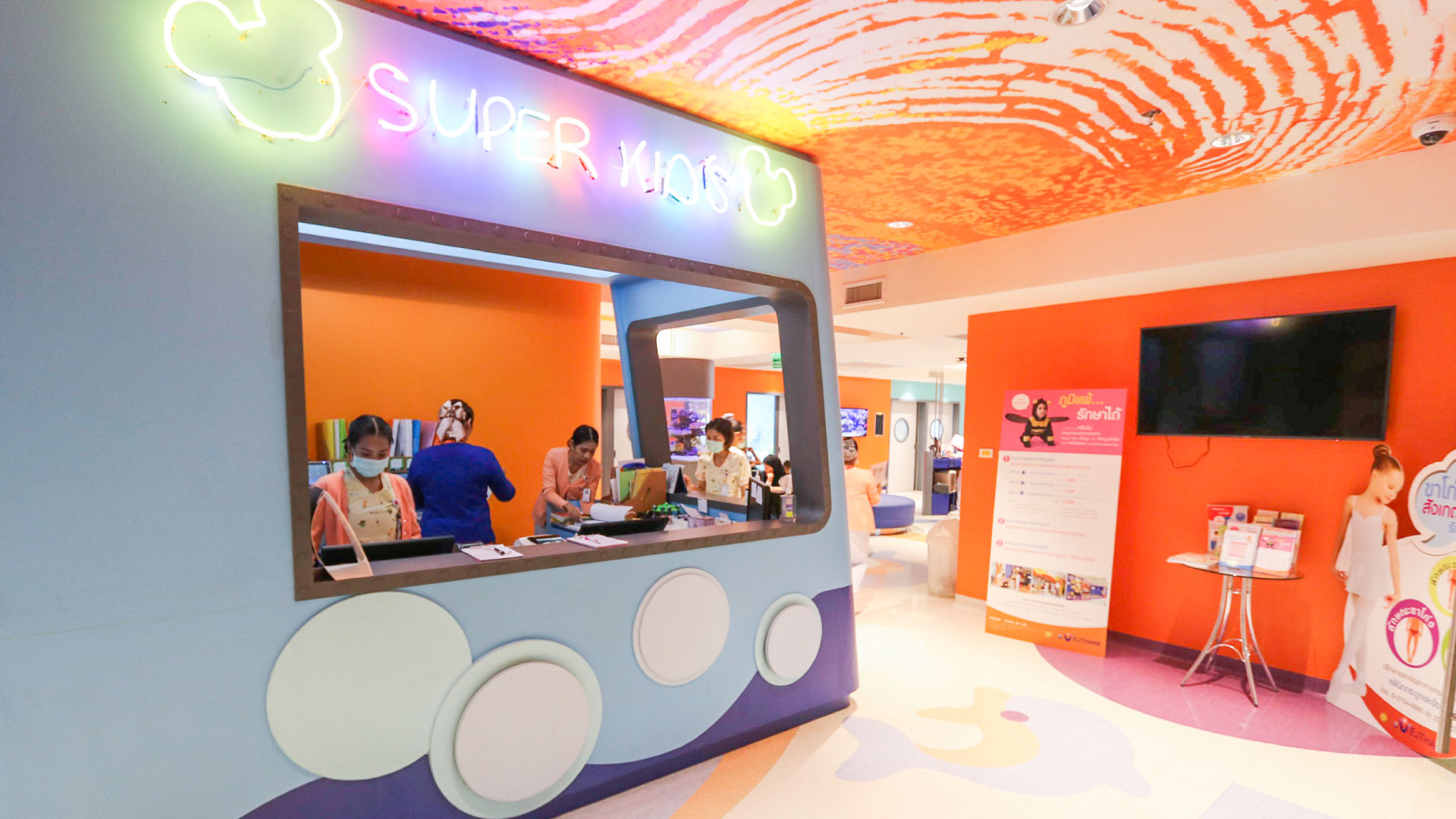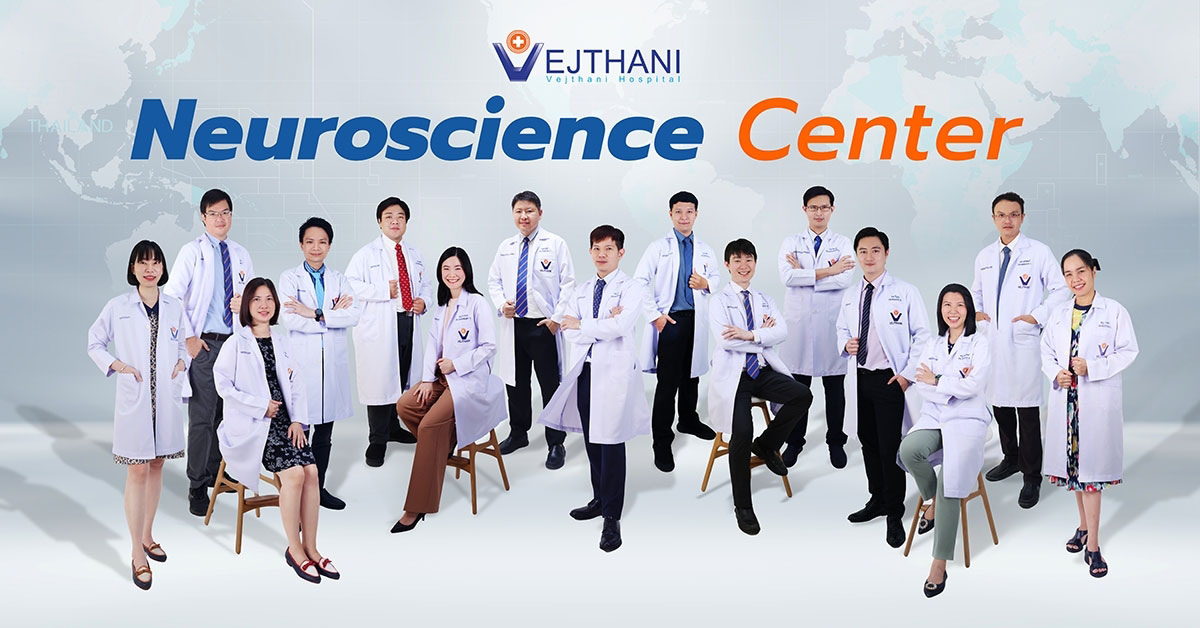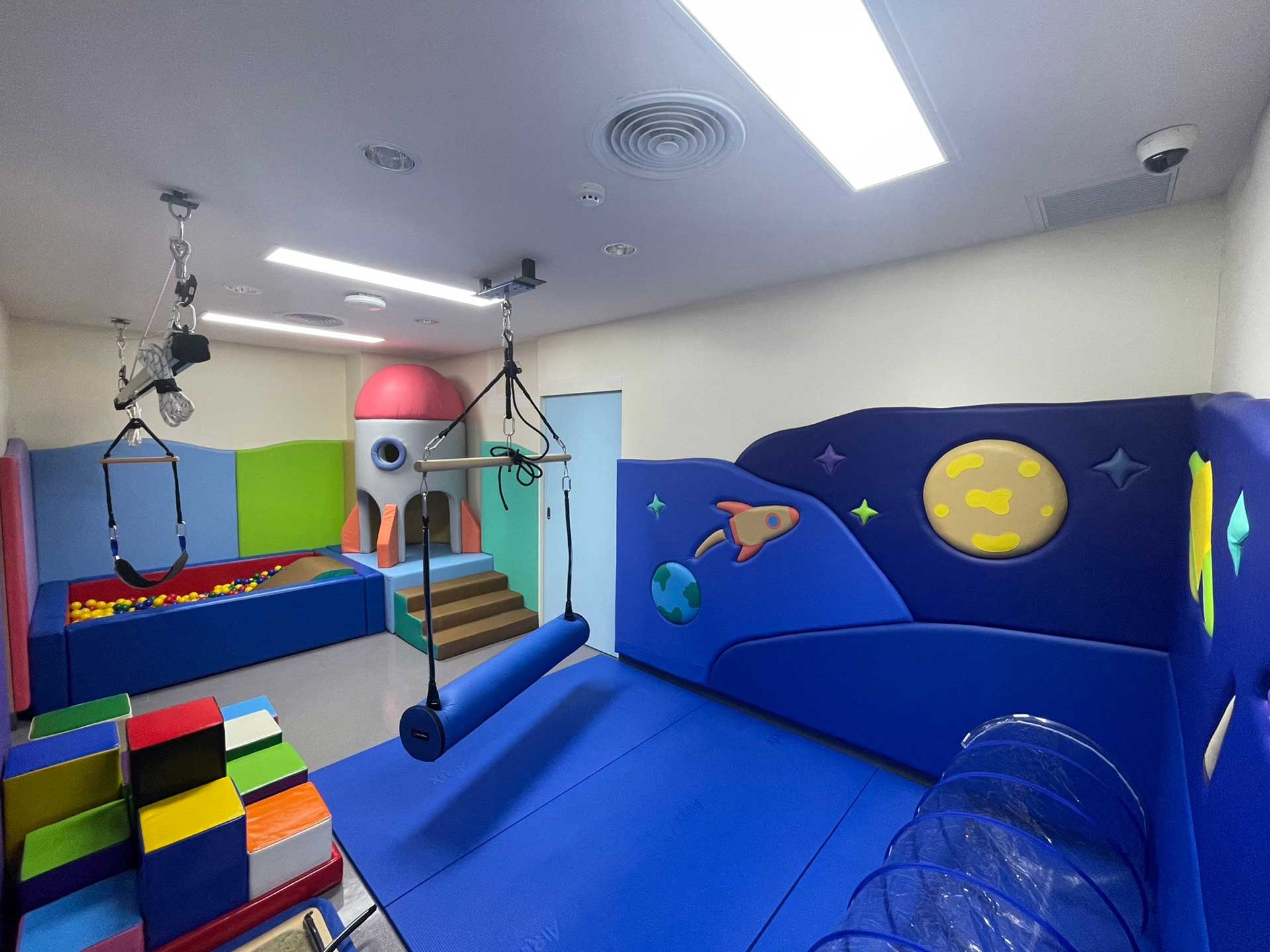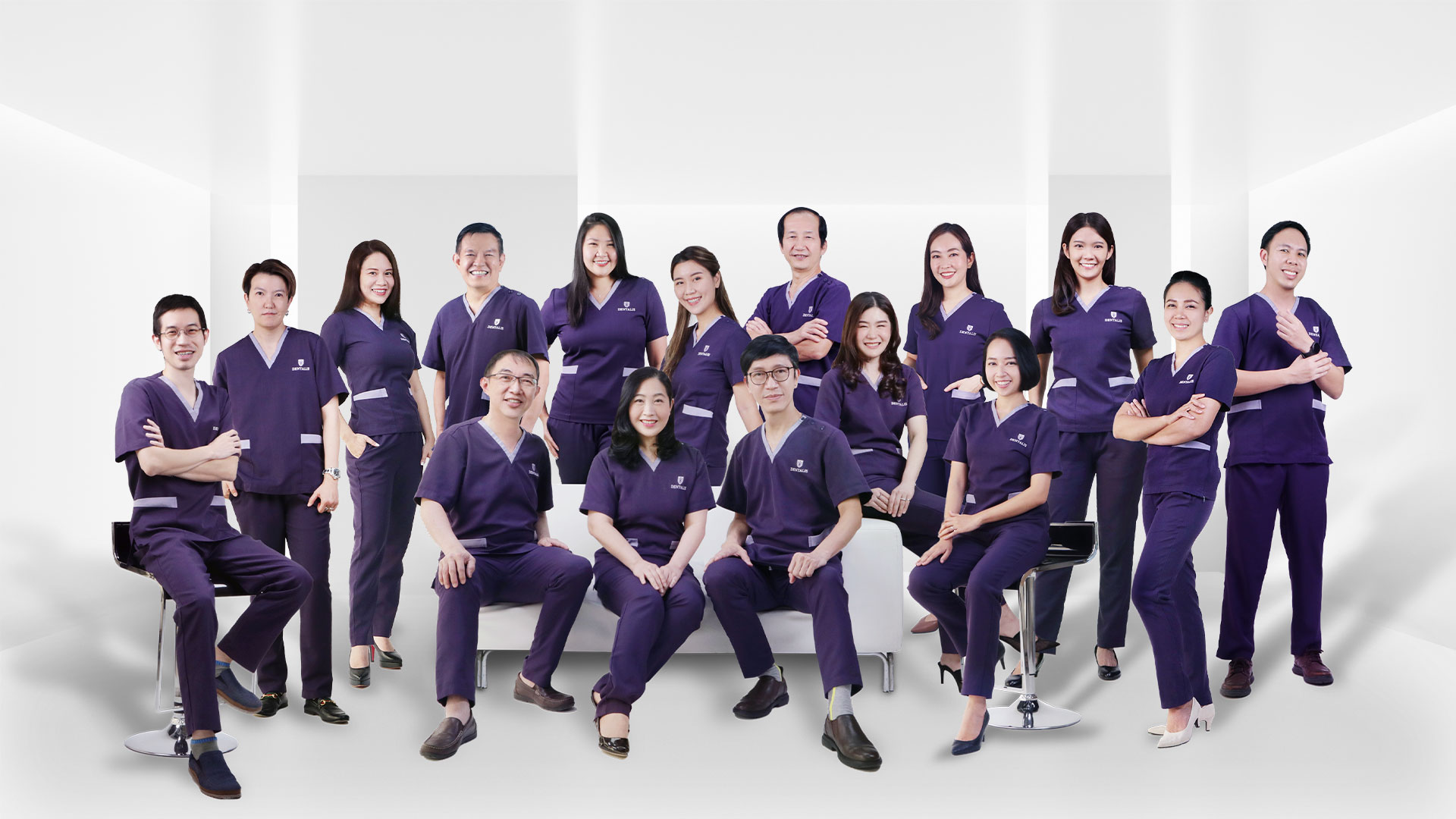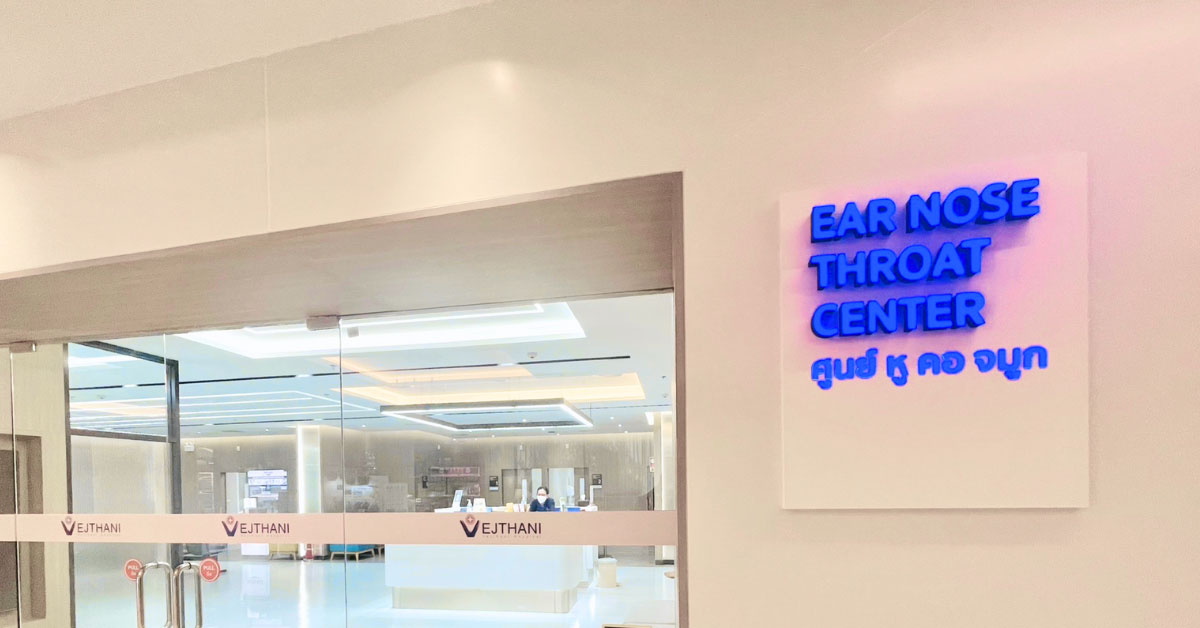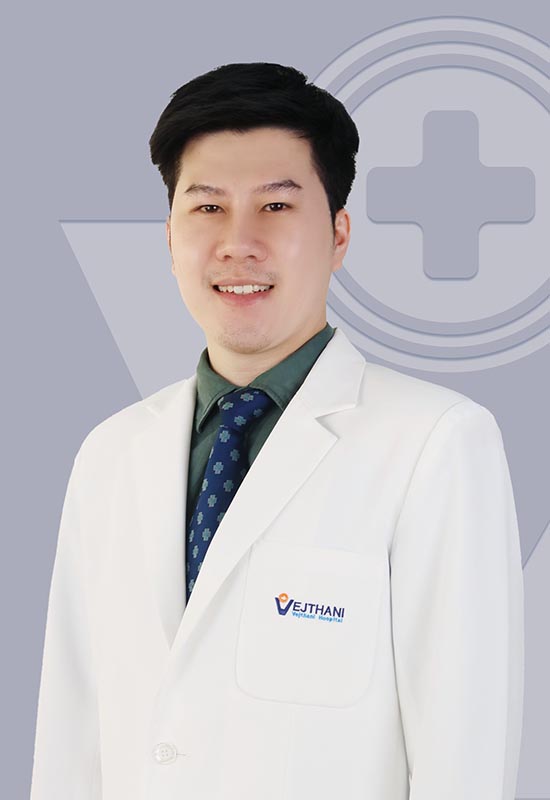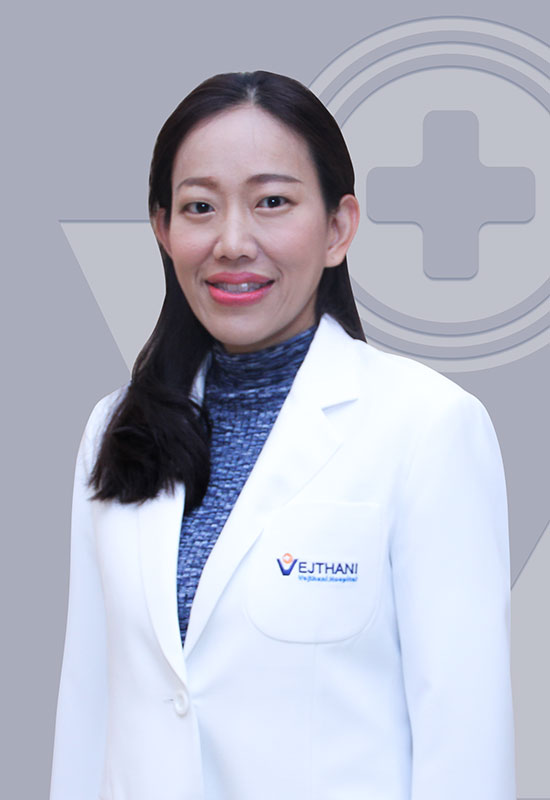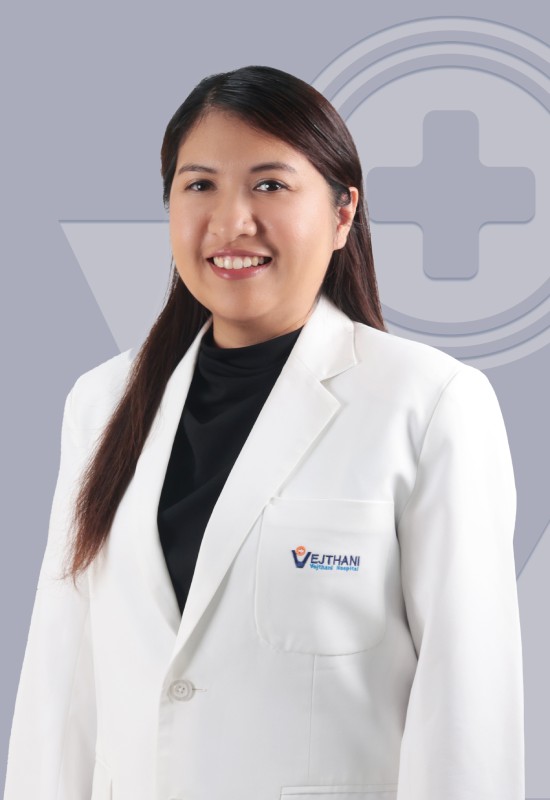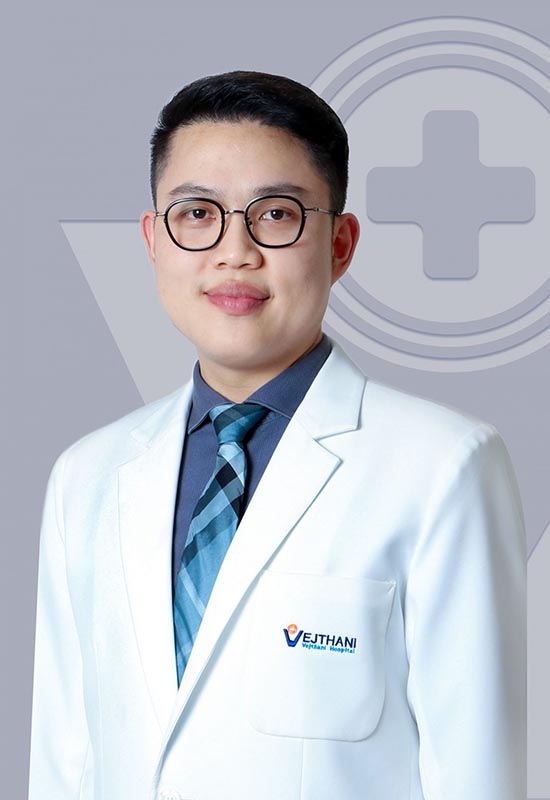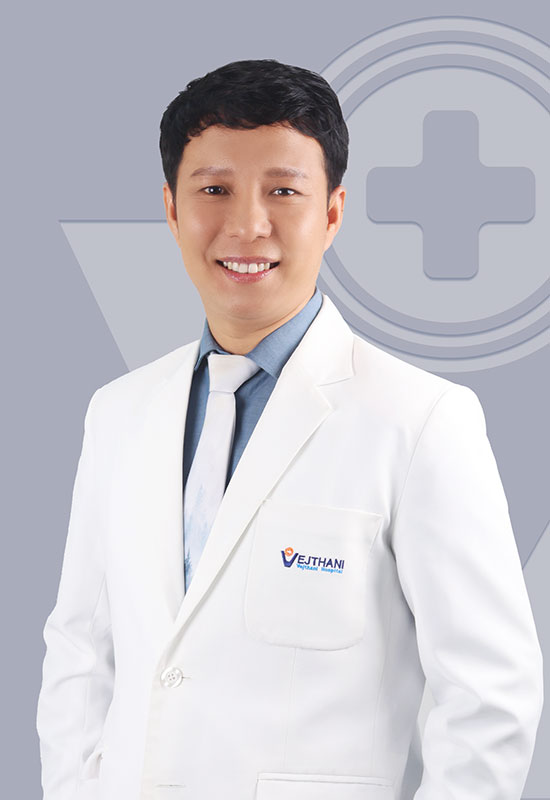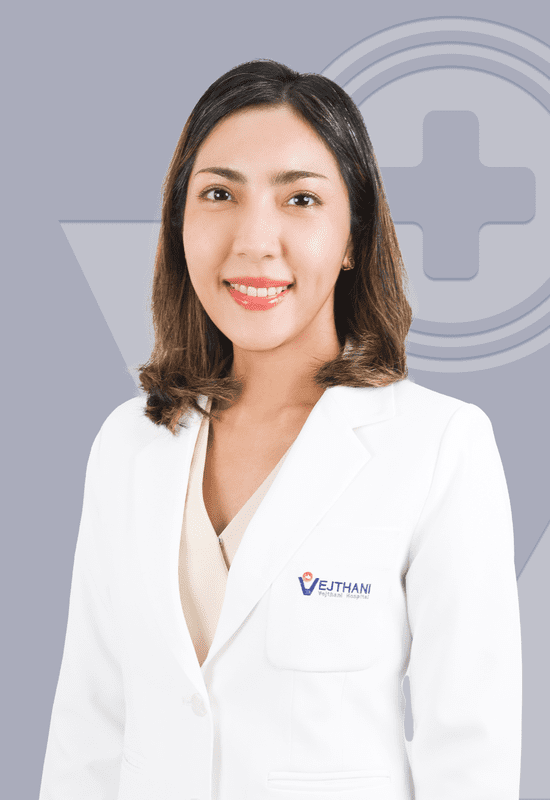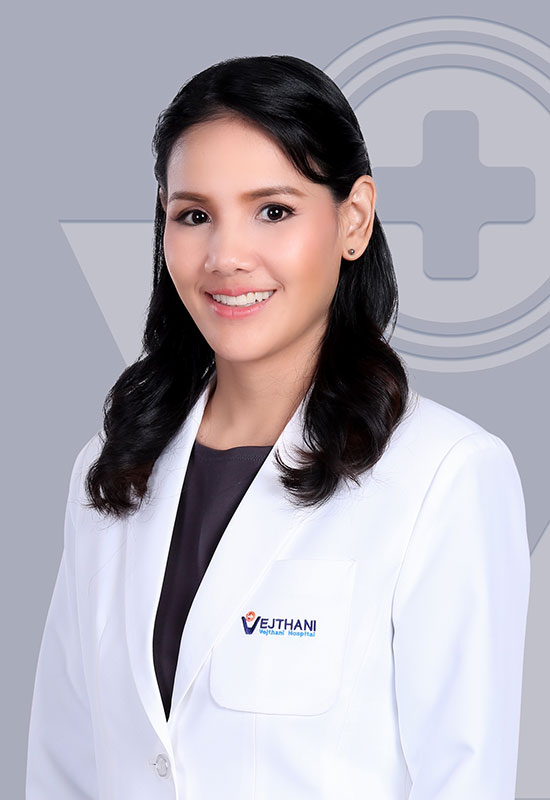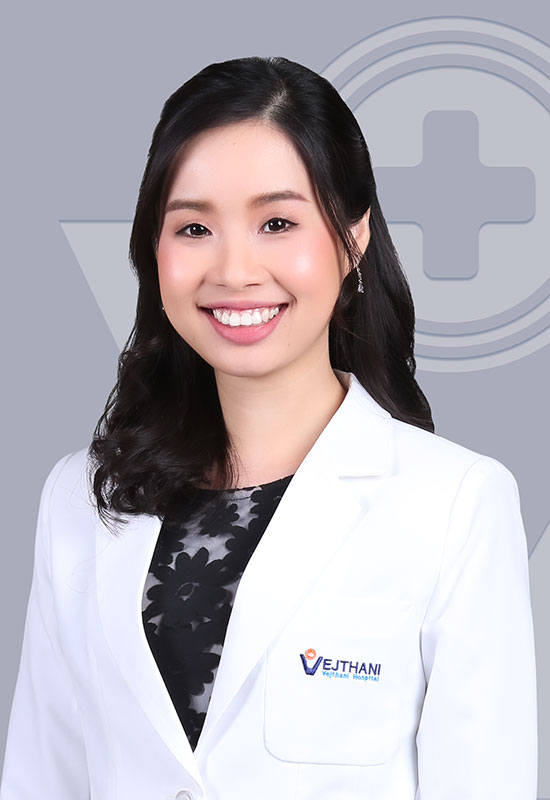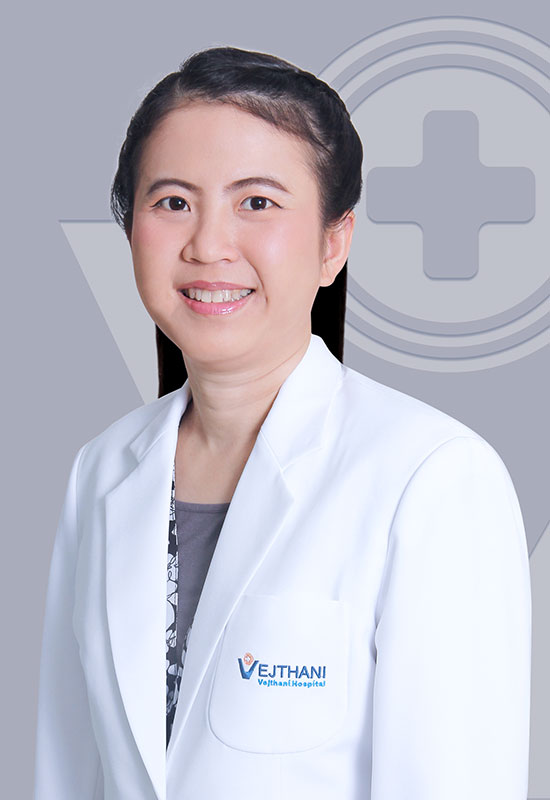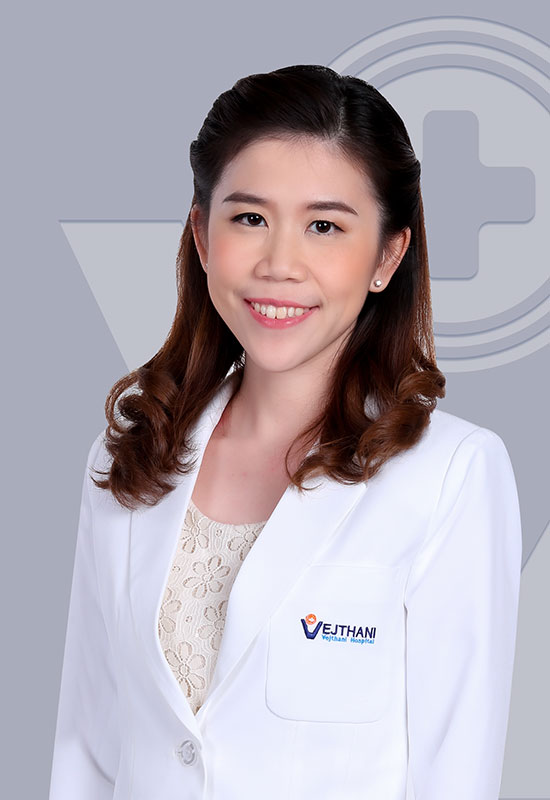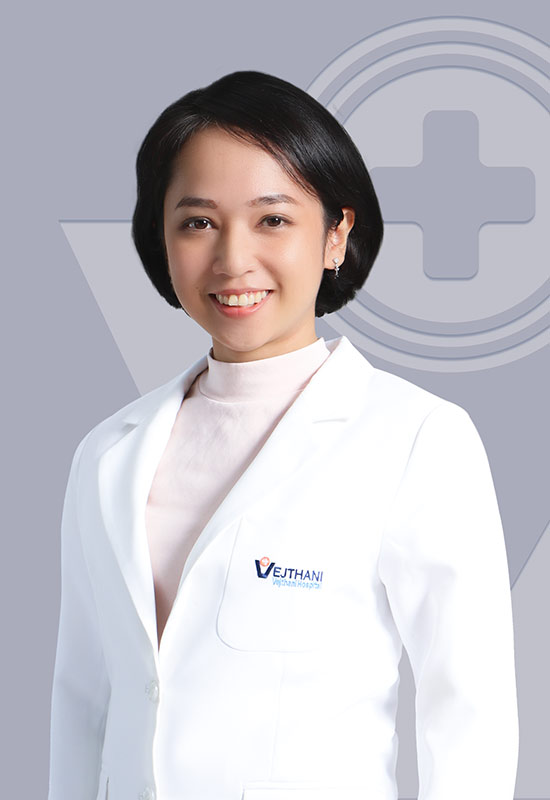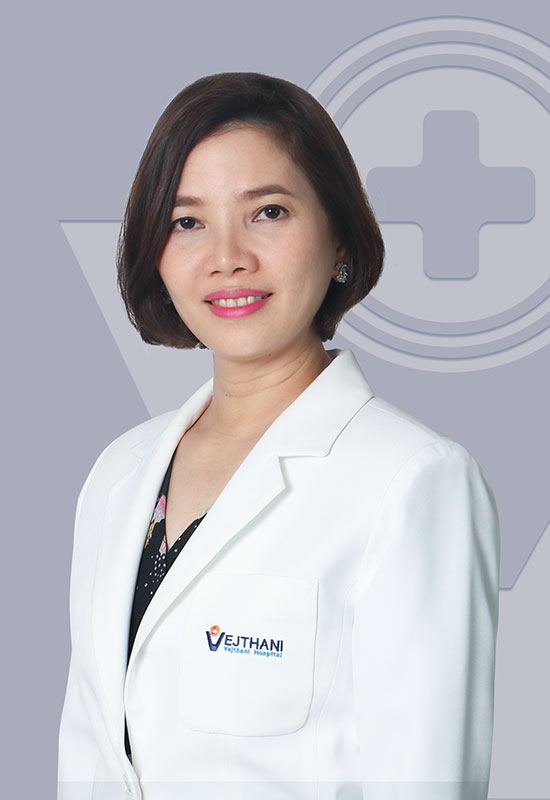Cerebral Palsy
Cerebral palsy is a condition that affects movement and posture, caused by brain damage before, during, or after birth or caused by irregular brain development. The symptoms appear in the newborn or pre-school and vary from person to person. Early treatment through rehabilitation therapy increases the chance of brain development.
Causes
Brain damage often occurs before birth, during birth, or after birth.
- Risks before birth include infection during pregnancy, such as rubella, chickenpox, herpes, syphilis, oxygen deprivation in the womb, placenta praevia, and brain injury during pregnancy.
- Risks during birth include preterm birth, prolonged labor, low birth weight, cerebral hemorrhage or cerebral hypoxia in early infancy, nuchal cord, infection, and brain hemorrhage during childbirth.
- Risks after birth include infection after birth, brain injury, abnormal brain growth, jaundice, and genetic disorders.
Symptoms
The symptoms of cerebral palsy can vary from the affected brain damage that occurred. In some individuals, cerebral palsy affects the entire body, while others may have effects on certain limbs or body parts. Common symptoms include movement and coordination problems, speech and eating difficulties, developmental delays, and other issues.
Movement and Coordination: The symptoms related to movement or coordination can include:
- Excessive muscle tone and reflexes, known as spasticity, which is the most common movement issue associated with cerebral palsy.
- Muscle tone changes, such as being too stiff or too floppy.
- Muscle stiffness with usual reflex, which is known as rigidity.
- Muscle imbalance and coordination problems, known as ataxia.
- Involuntary movements that cannot be controlled are known as tremors.
- Slow, writhing movements (athetosis).
- Preference for one side of the body, using one hand more than the other, or dragging one leg when crawling.
- Walking difficulties, children with cerebral palsy may walk on tiptoes, with a crouched gait, scissoring gait, or walk with a wide and unsteady gait.
- Fine motor skill problems that may cause difficulty buttoning clothes or using utensils.
Speech and Eating The symptoms related to speech and eating can include:
- Delayed speech development
- Speech problems
- Difficulty sucking, chewing, or swallowing
- Drooling or swallowing difficulties
Development Some children with cerebral palsy may experience developmental issues related to these aspects:
- Learning disabilities
- Intellectual disabilities
- Delayed growth, resulting in smaller than expected size
Other Symptoms Brain damage can lead to other neurological symptoms such as:
- Seizure, which is a symptom of epilepsy. Children with cerebral palsy may be diagnosed with epilepsy.
- Hearing problems
- Vision problems
- Sensory issues like pain or touch sensitivity
- Issues with the urinary bladder and intestines, including constipation and urinary incontinence
- Mental health conditions such as mood disorders and behavioral problems
Brain conditions that cause cerebral palsy do not change over time; symptoms may not worsen with age. However, as children grow older, some symptoms may become more or less pronounced, and muscle contractions and spasticity may worsen without treatment.
Diagnosis
The symptoms of cerebral palsy may become more apparent over time. Diagnosis may not be done immediately after birth but instead several months or up to a year later. If the symptoms are less severe, diagnosis may be further delayed. When cerebral palsy is suspected, the specialist will perform a physical examination, evaluate the symptoms, and monitor the child’s growth and development. After a complete assessment, the child will be referred to specialists in pediatric neurology, pediatric physiotherapy, and developmental pediatrics who are experienced in treating neurological conditions.
Children diagnosed with cerebral palsy may need to undergo several tests for accurate diagnosis, including:
Brain Scanning
These imaging tests can reveal damaged areas or abnormal brain development. These tests may include:
MRI
MRI uses radio waves and magnetic fields to create detailed images of the brain. It can often detect changes in the brain. While MRI is painless, it is loud and can take up to an hour. Some children may need to be sedated or given mild anesthesia before the procedure.
Electroencephalogram (EEG)
EEG can provide further evaluation for some children who are suspected of having seizures. Seizures may occur in children with epilepsy. The EEG records the brain’s electrical activity.
Additional Tests
If a child is diagnosed with cerebral palsy, they will be referred to specialists for further investigations of other conditions, including:
- Vision
- Hearing
- Speech
- Intelligence
- Development
- Movement
Types of Cerebral Palsy
Cerebral palsy can be categorized into four types based on neurological symptoms:
- Spastic Cerebral Palsy: This is the most common type, affecting the majority of children with cerebral palsy. The condition is characterized by stiff muscles, especially in the arms or legs. It may affect all parts of the body, including stiffness in the torso and limbs on one side of the body, stiffness in the legs more than arms, or both arms and legs.
- Athetoid Cerebral Palsy: Found in about one-fourth of children with cerebral palsy, this type involves muscle stiffness, abnormal posture, or twisting and writhing movements. They experience an inability to control body movements. Some may also have tilted neck, twisted shoulders, and spastic hands.
- Ataxic Cerebral Palsy: This is the least common type, causing problems with balance, body coordination, and may also include tremors.
- Mixed Cerebral Palsy: This involves a combination of more than one type of cerebral palsy.
Treatment
Treatment for cerebral palsy is carried out by a multidisciplinary team, including pediatric neurologists, developmental and behavioral pediatricians, pediatric pulmonologists, pediatric nutritionists, pediatric gastroenterologists, otolaryngologists, ophthalmologists, neurosurgeons, orthopedic surgeons, rehabilitation specialists, physical therapists, and occupational therapists. The treatment approach focuses on rehabilitation, such as occupational therapy and physical therapy, as well as medication to reduce spasticity, stimulate development, and enhance their potential skills to achieve a better quality of life.
Treatment includes various approaches such as medication, therapy, surgery, and other methods:
- Medications
-
- Muscle Relaxants: Medications such as baclofen, tizanidine, diazepam, or dantrolene may help reduce muscle stiffness and aid muscle function, as well as manage pain and complications related to muscle tightness.
- Injections: Botox injections may be recommended to treat localized muscle tightness.
- Intrathecal Baclofen Pump: For severe spasticity, a surgical procedure is performed to implant a baclofen pump.
- Saliva Reduction: Medications or Botox injections in the salivary glands can help reduce excessive saliva.
- Therapy
-
- Physical Therapy: Strengthens muscles and improves flexibility, balance, and movement through exercises and training. Physical therapists also teach daily self-care activities like bathing and feeding and provide guidance on exercises that can be done at home between visits.
- Occupational Therapy: Helps gain independence in daily routines at home, school, and in the community. Recommended devices may include walkers, walking sticks, standing and sitting supportive devices, or powered wheelchairs.
- Speech and Language Therapy: Helps improve speech and communication skills, including sign language and communication tools like computers and voice synthesizers.
- Recreational Therapy: Activities like therapeutic horseback riding and swimming can benefit some children by improving motor skills, speech, and emotional well-being.
- Surgery
Surgery may be necessary to reduce muscle tightness or fix bone abnormalities caused by muscle stiffness.
-
- Orthopedic Surgery: Necessary for children with shortened muscle tissues. Surgery on bones or joints can reposition arms, spine, hips, or legs correctly and stretch or realign tendons to reduce pain and improve movement.
- Selective Dorsal Rhizotomy: Nerve-cutting surgery may be needed for severe spasticity
- Other Treatments
-
- Medications and treatments may be necessary for managing conditions like epilepsy, pain, osteoporosis, sleep issues, oral health, feeding and nutrition, bladder control, and vision or hearing problems.
Vejthani Hospital is a leading healthcare facility with extensive experience and a team of specialists working together to ensure that patients receive high-quality care and achieve successful treatment.









